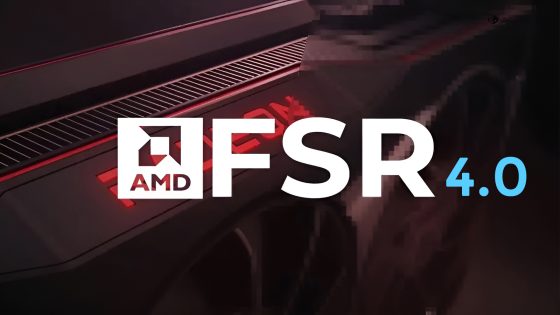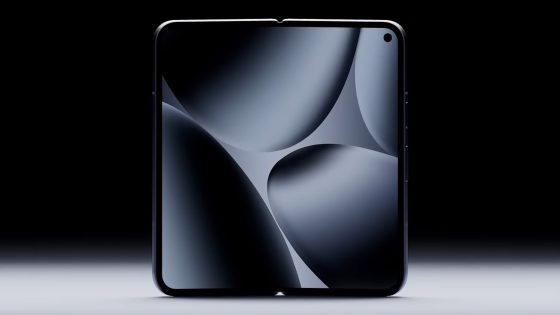AMD’s FSR 4 upscaling technology is making waves in the gaming community, but it comes with a notable downside: increased computational costs. As of August 25, 2025, tests reveal that while gamers may enjoy enhanced visuals, the performance trade-off could be significant.
- AMD's FSR 4 is resource-intensive.
- FSR 4 shows 37% higher GPU utilization.
- Performance drop noted between FSR versions.
- AI techniques enhance image quality in FSR 4.
- FPS impact minimal for average gamers.
- Competitive gamers may avoid upscaling technologies.
The latest update to AMD’s FidelityFX suite allows developers to integrate FSR tech more seamlessly into games. However, early tests show that FSR 4 demands more GPU resources than its predecessor, FSR 3.1.5, resulting in lower frame rates for some users.
This raises an important question: is the visual upgrade worth the performance dip? Many gamers prioritize frame rates, especially in competitive scenarios. Here are some global implications to consider:
- FSR 4 may enhance graphics in single-player games but could hinder competitive play.
- Higher computational demands could affect accessibility for gamers with mid-range systems.
- Game developers will need to balance visual fidelity and performance in future titles.
- As AI technology evolves, the cost-benefit ratio of such upgrades will continue to shift.
As the gaming landscape evolves, players must weigh the benefits of visual enhancements against performance needs. Will you embrace the change or stick with the tried-and-true methods?

































